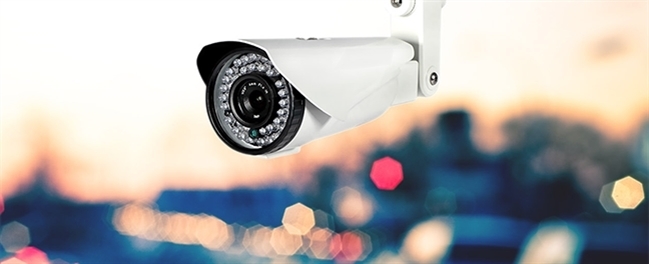
In the analogue camera systems, all brands were compatible with each other. So when you plugged any camera of any brand into any recorder, it was functioning properly.
With the release of the first IP cameras in 1996, every manufacturing company in the sector produced IP cameras that could only function with their own software or hardware. For a long time, each company closely followed the technological developments of its competitors and produced similar or better devices, but there was a problem.
It was very expensive for every manufacturer to produce every type of camera that customers could need, and it was impossible for them to follow the technology. For this reason, inter-company harmonization works have commenced. The ONVIF Organization emerged within this period.
In 2008, an organization called ONVIF in which Axis, Bosch and Sony were founding members was founded. The aim of this organization was to provide and promote standardized interfaces for the effective interoperability of IP-based CCTV products. ONVIF membership was open to manufacturers, software developers, consultants, system integrators, end users, and any group that intended to participate in ONVIF activities. It soon had a solid member base on six continents.
There are 4 basic categories in the membership structure.
ONVIF members pay an annual contribution. The companies that make this payment switch directly to this category. For this reason, unfortunately, some companies that do not actually produce ONVIF-compliant products are included in these compliance lists as Full Member. For this reason, being a Full Member does not mean producing all of its productions in accordance with ONVIF standards.
The milestones of ONVIF are:
In order to grow properly, ONVIF has also worked with global standard groups such as IEC (International Electrotechnical Commission), CENELEC and ISO and complied with their regulations.
The systems designed as compatible with ONVIF function with the web services. They use open standards such as XML, soap, and WSDL for communication between two electronic devices.
Today, ONVIF members offer a total of more than 8.000 compatible products.
The organization has documented the work method statements of similar types of devices and made them available to manufacturers.
ONVIF-compliant does not mean that all devices are fully compatible with each other. You should check the support lists of the companies, although the operations continue rapidly and there are proper harmonizations in many areas. Manufacturers do not add different brand devices to these lists without testing them with each other. These lists clearly describe the extent to which they are compliant.